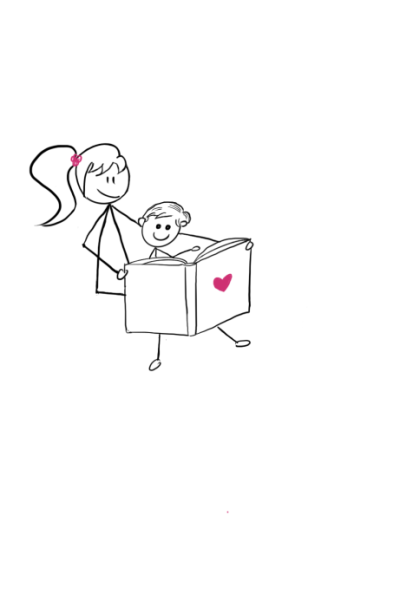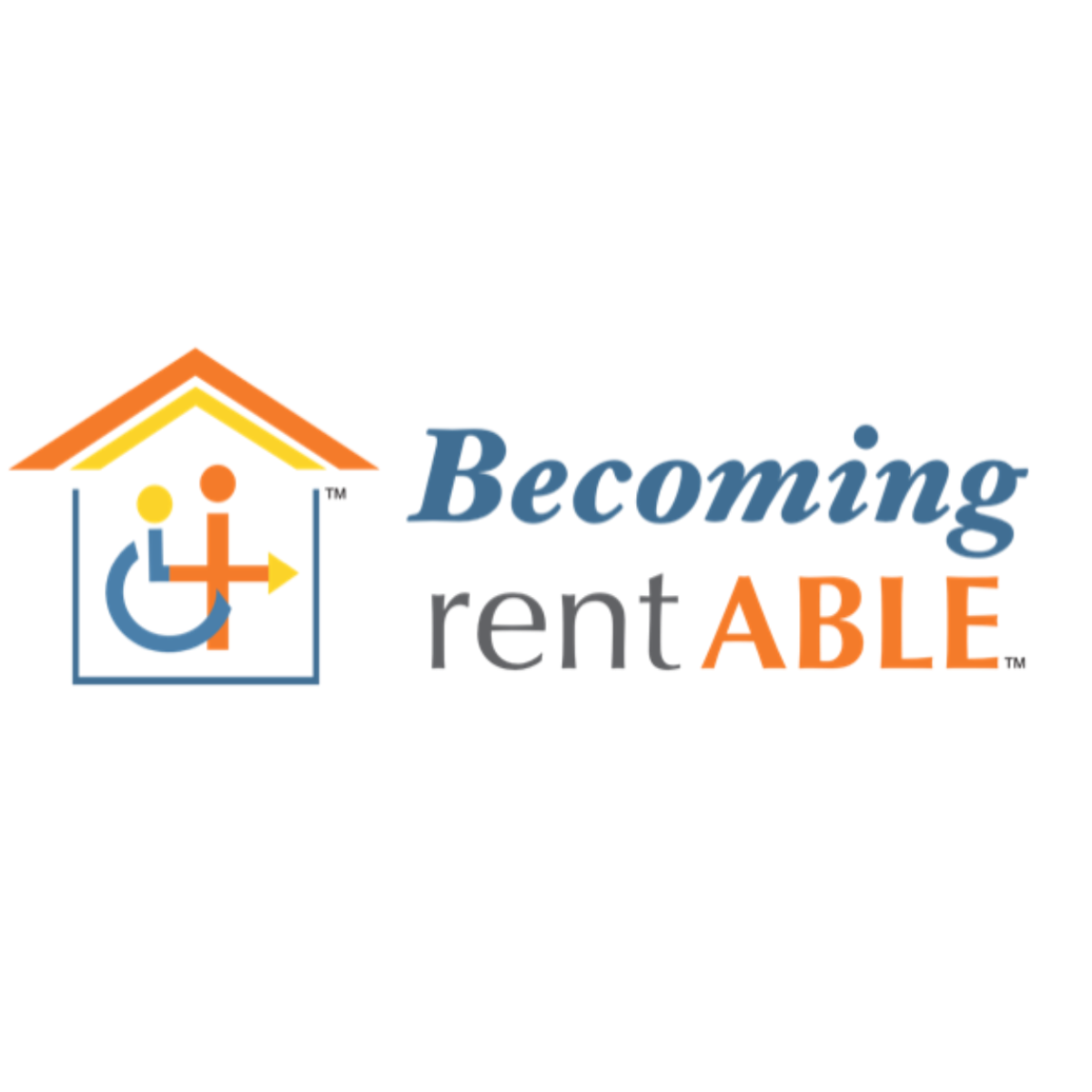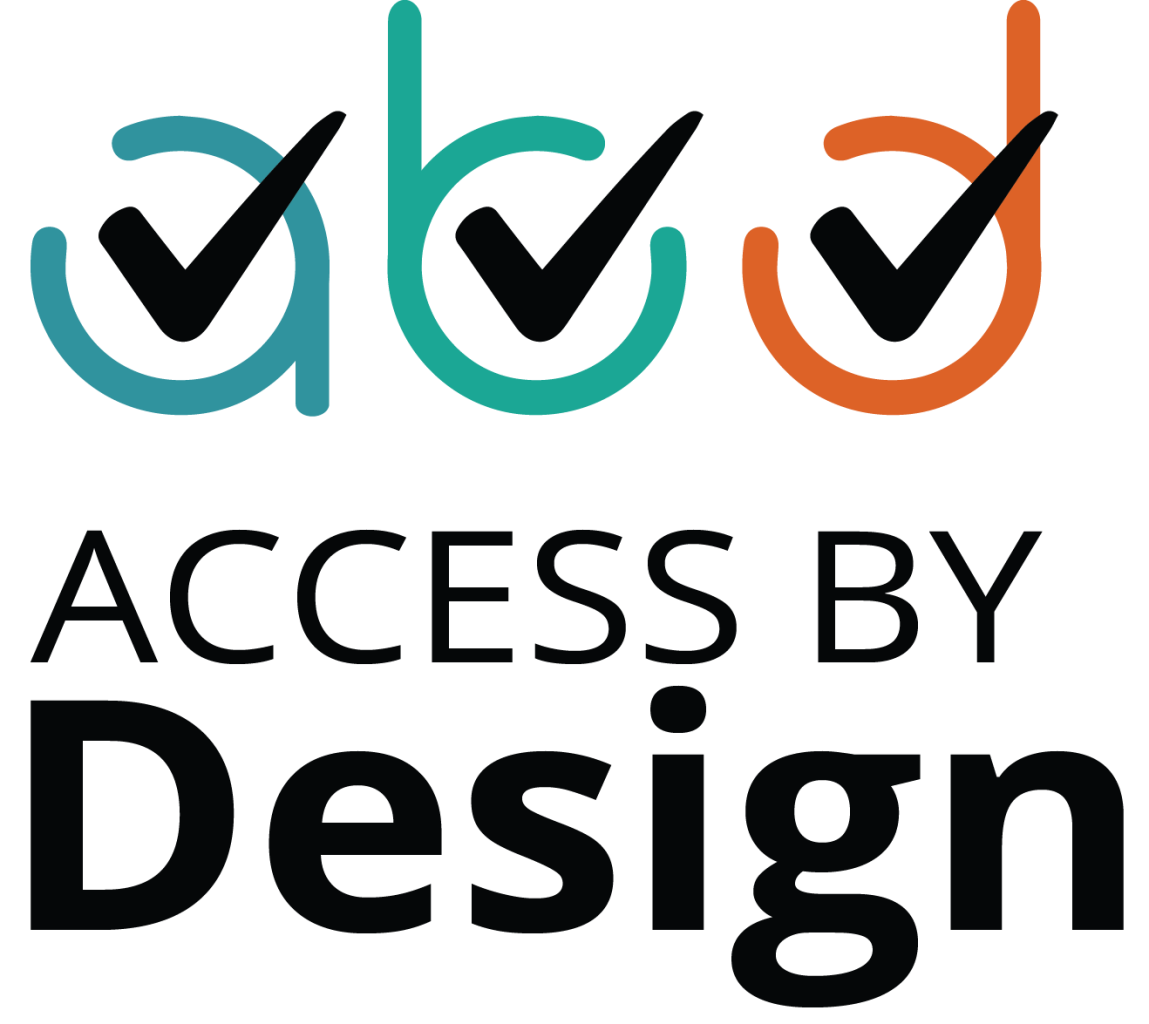Scary Seizures And The Zigzagging Journey to Understanding Neurodivergence

What do you do when you know something is wrong with your child, but no one will listen?
It’s a lonely, frustrating place for a parent. For me, it was a journey that started with quiet whispers and ended with a storm that finally gave us the answers we so desperately needed.
Whispers of a different rythym
The first quiet flickers of autism appeared when Niklaas was two.
Not loud or alarming, but steady and sure, like the way dusk slips into a room.
We’d crouch on the sun-warmed floor of his bedroom, lining up his tiny toy cars with the precision of a watchmaker: red firetruck next to cherry red dump truck, lemony yellow Beetle beside mustard delivery truck, each one placed just so.
A soft hum would escape his lips as tires slid across the winding roads of his village play mat. We’d drive them in loops—never too fast, never off track.
The edge of the mat was the border. No car ever crossed it, no matter how wild the story we imagined. That was the rule. And in that rule, he found his rhythm.
Sometimes, he'd repeat words and phrases like little echoes, and flick his fingers in quiet moments.
Many times, he wouldn’t respond to his name, and if there was a sudden loud noise, he’d cover his ears and try to hide. Under a table, behind a chair, wherever it was quiet.
But unlike other autistic children I used to teach, Niklaas loved hugs. Craved them. He'd wrap himself around me like a koala and wouldn't let go.
In kindergarten, he was called “shy,” “sweet,” and “a little fearful.”
But I knew it was more than that.
I tried talking to people. Teachers, doctors, even my own family.
But no one seemed ready to listen—or maybe they just didn’t want to.
Because let's face it, it’s easier to believe a child is simply sensitive than to face the unknown.
Still, Autism runs in my husband’s side of the family. His cousins were diagnosed with Asperger's years ago, back when the term was still used. And well, my husband has "traits" as Niklaas's doctor says, but no official diagnosis.
Then came 3rd grade, and I noticed something new.
His head would bob sharply while eating. His hands would shake when holding a spoon.
He’d come home from school looking drained. His face drooped. His eyes sagged. He had headaches that stopped him in his tracks.
One morning, his iPad dropped straight from his hands. "My hands just let go," he whispered.
Then, his knees buckled on the stairs.
That was it. I called the neurologist and demanded an EEG.
Neurodiversity connecting the threads
The graph from the EEG lit up with answers.
Niklaas was experiencing constant electrical storms in his little brain. Hundreds of mini seizures in just half an hour. They were Myoclonic seizures.
But how? Where do they come from?
Our doctor explained, how seizures can be triggered by multiple factors, and often things parents never want think of.
It could be an infection, low blood sodium levels, medications (even drug use like amphetamines or cocaine, but that didn't apply.)
It could be something as serious as a brain injury or a tumour.
Sometimes, the cause remains a mystery, hidden deep in the brain's complex wiring.
And, it can feel like looking for a needle in a haystack, but the needle never shows up at all.
We started treatment the same day. Within a week, the symptoms began to fade. Less than a month in, my son was giggling again. Running, playing, laughing. It was like watching him come back to life. The relief is a feeling I don’t have words for.
But that diagnosis was just the first piece of a much larger puzzle.
At the hospital, the doctors explained that their epilepsy diagnosis policy includes a full psychological evaluation. That’s when we heard the word "comorbidities."
The chief neurologist explained it like this:
“Children with epilepsy often experience cognitive and behavioural challenges, frequently linked to underlying neurodevelopmental conditions such as Autism or ADHD. We’re finding more and more evidence of overlapping genetics.”
And just like that, a lifetime of quiet whispers made sense.
By the fourth grade, Niklaas had his full diagnosis: Epilepsy, Autism, ADHD, and Dyslexia. It might sound like a lot. It is a lot.
But when we sat down to explain it all to him, his response floored me with its simple wisdom.
"I feel like me, mommy."
And isn’t that the whole point?
He is still our funny, clever, curious, affectionate boy. These labels don’t define him; they help us understand him. They give us the tools and the language to support the wonderful person he already is.
Our journey has been full of hurdles and heartache. But it’s also been filled with fierce love, quiet victories, and a deep gratitude for the boy who is, and always will be, beautifully and perfectly himself.
Your audience craves connection, not checkbox inclusion
People can tell when your content’s just trying not to mess up — versus when it comes from real understanding. The first fades fast; the second builds lasting loyalty. If you’re ready to write with clarity, empathy, and purpose, let’s shape your strategy.






